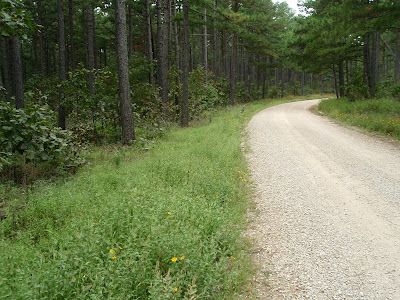Arthraxon hispidus

Earlier this year, September 14th to be exact, while driving a gravel road through a section of the Mark Twain National Forest I noticed a dramatic change in the structure of the roadside vegetation. My brain instantly weighed my desire to stop and investigate against my need to get some real work done. Before I could make up my mind, my foot hit the brake. It always does. What I had seen was a large colony of grass that superficially resembled Microstegium vimineum in overall stature and habit. However, the inflorescences more closely resembled Bothriochloa bladhii . Luckily, I had my copy of "Steyermark’s Flora of Missouri" (Yaskievych 1999) riding shotgun. A quick run through the keys gave the name Arthraxon hispidus . I had heard of this grass before, though I had never seen it. It occurs rather sporadically throughout the eastern U.S. and is more common in the southeast (Kaufman and Kaufman 2007). Vegetatively, it is readily identified by its clasping leaves (similar

